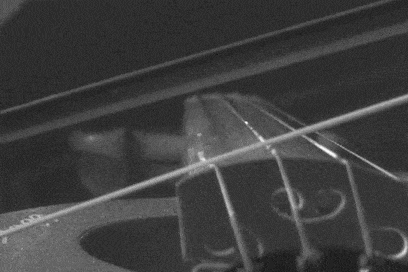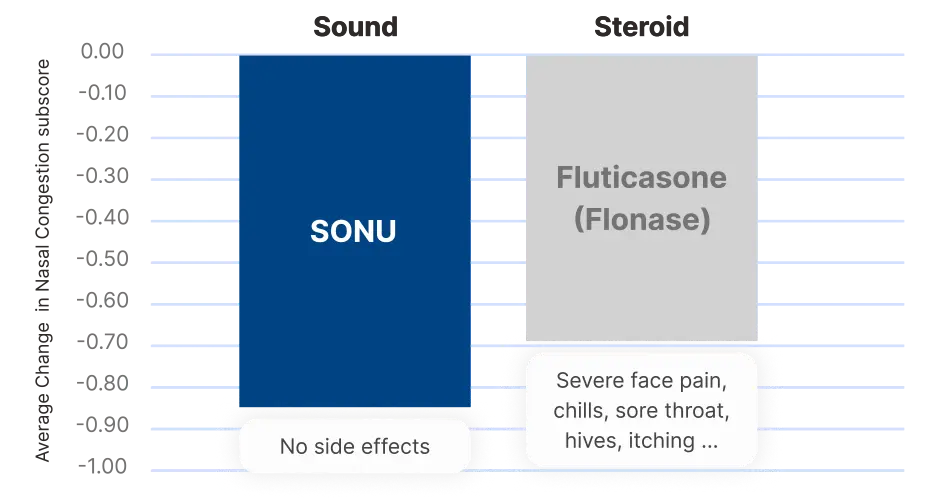Sound Evidence
The Science behind Acoustic Resonance Therapy
Acoustic resonance happens when sound waves cause an object or system to vibrate at its natural frequency. This natural frequency of vibration denotes the maximal energy transfer in and out of the object.
Every object or space has its own natural frequency, which is the rate at which it vibrates. When sound waves with the same frequency as an object’s natural frequency hit the object, the vibrations grow stronger, creating resonance. Examples of Acoustic Resonance include:

Musical Instruments: In a violin, when you bow a string, the sound waves resonate inside the body of the violin, making the sound louder and richer. Similarly, blowing air through a trumpet or flute causes the air inside to resonate, producing musical notes.

Tuning Fork: A tuning fork is a metal instrument that, when struck, vibrates at a specific frequency. If another tuning fork of the same frequency is nearby, it will start vibrating too, even without being touched, due to resonance.

Echoes in Rooms: If you clap in a large, empty room, you might hear the sound bounce around. In some cases, certain sounds can resonate in the room, making the sound louder or more pronounced at certain frequencies.
In these examples, acoustic resonance amplifies the sound, making it easier to hear or creating pleasant musical tones.
Our sinuses resemble musical instruments, in that they are air filled cavities that modulate sound. Our voice quality and timbre are a function of their resonant characteristics. When our voice passes through the sinus and nasal cavities, it causes the air inside these cavities to vibrate. These vibrations are responsible for amplifying certain portions of our voice.
Sonu’s bone conduction system that sits on your forehead acts like a mini tuning fork to vibrate the sinuses at their resonant frequencies – moving the air within them, transferring the optimal vibrational energy to the nasal cavity to reduce inflammation and clear mucus.
SONU is clinically proven to be as effective as steroid sprays with ZERO side effects.
SONU vs Fluticasone (Flonase)

The key to how the SONU Band works lies in the science of acoustic resonance. When sound waves match the natural frequency of an object, like the sinus cavities, they cause stronger vibrations. The SONU Band sends these resonant sound waves through bone conduction from your forehead to your sinus cavities. These vibrations help loosen mucus and reduce swelling, making it easier to breathe. This method uses the body’s natural response to sound vibrations to effectively clear congestion.
Interested in trying SONU band for yourself? Sign up for a 30-day risk free trial.
